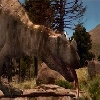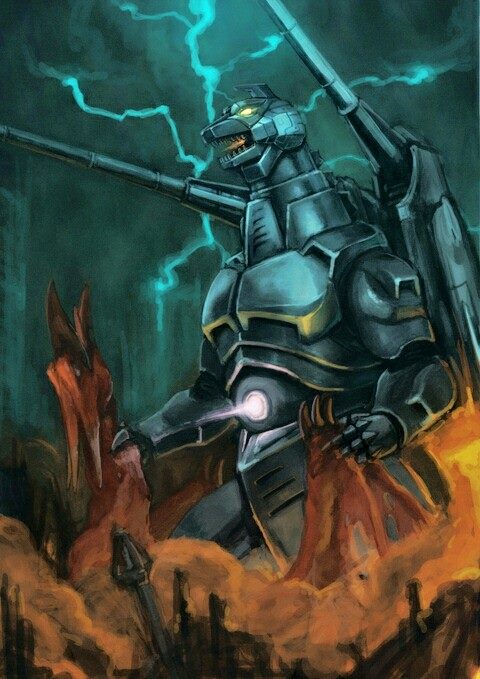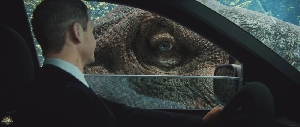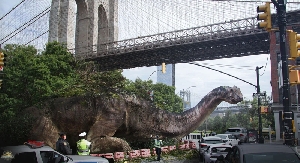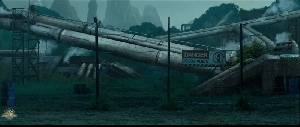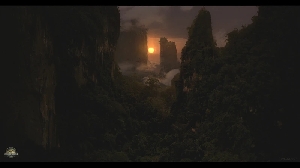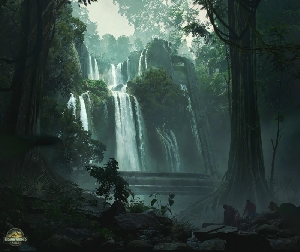Cretaceous carnage #13
Dinosaurs Forum Topic
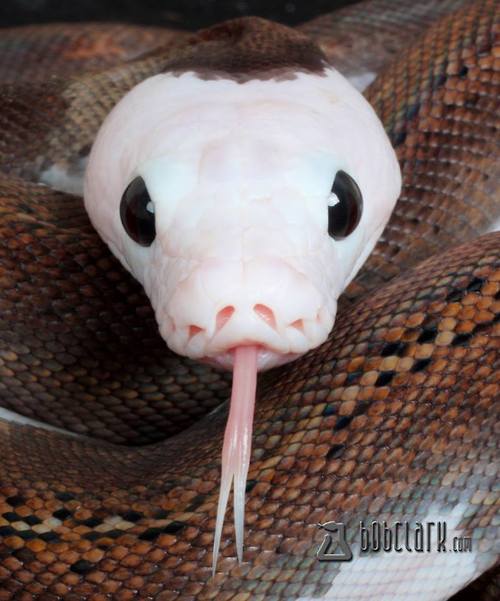
Carnosaur
MemberCompsognathusDec 6, 20142354 Views8 RepliesBeen a while since i made one of these, so here we go!
Megalosaurus Bucklandii

Megalosaurus was a megalosaur(obviously) from the early jurassic. It one of the first dinosaurs ever discovered. However, little is known about it because for decades, alot of theropods were lumped in with the genus that didn't belong. Nowadays,this is somewhat fixed;Traditionally, most texts, following Owen's estimate of 1841, give a body length of thirty feet or nine metres for Megalosaurus. The lack of an articulated dorsal vertebral series makes it difficult to determine an exact size. David Bruce Norman in 1984 thought Megalosaurus was seven to eight metres long. Gregory S. Paul in 1988 estimated the weight tentatively at 1.1 tonnes, given a thighbone seventy-six centimetres long. The trend in the early twenty-first century to limit the material to the lectotype, inspired even lower estimates, disregarding outliers of uncertain identity. Paul in 2010 stated Megalosaurus was six metres long and seven hundred kilogrammes heavy. However, the same year Benson claimed that Megalosaurus, though medium-sized, was still among the largest of Middle Jurassic theropods. Specimen BMNH 31806, a thighbone 803 millimetres long, would indicate a body weight of 943 kilogrammes, using the extrapolation method of J.F. Anderson — which method, optimised for mammals, tends to underestimate theropod masses by at least a third. Furthermore, thighbone specimen OUM J13561 has a length of about eighty-six centimetres
vs...
Carnotaurus sastrei
Carnotaurus was a genus of Abelisaur from the early cretaceous of south america.Itwas a lightly built, bipedal predator, measuring 8 to 9 m (26 to 30 ft) in length and weighing at least 1.35 metric tons (1.33 long tons; 1.49 short tons). As a theropod, Carnotaurus was highly specialized and distinctive. It had thick horns above the eyes, a feature unseen in all other carnivorous dinosaurs, and a very deep skull sitting on a muscular neck. Carnotaurus was further characterized by small, vestigial forelimbs and long and slender hindlimbs. The skeleton is preserved with extensive skin impressions, showing a mosaic of small, non-overlapping scales measuring approximately 5 mm in diameter. The mosaic was interrupted by large bumps that lined the sides of the animal, and there are no hints of feathers.The distinctive horns and the muscular neck may have been used in fighting conspecifics. According to separate studies, rivaling individuals may have combated each other with quick head blows, by slow pushes with the upper sides of their skulls, or by ramming each other head-on, using their horns as shock absorbers. The feeding habits of Carnotaurus remain unclear: some studies suggest the animal was able to hunt down very large prey such as sauropods, while other studies find it preyed mainly on relatively small animals.Carnotaurus was well adapted for running and was possibly one of the fastest large theropods.
Nature doesn't deceive us; it is we who deceive ourselves.
Replies to Cretaceous carnage #13
Hey Guest, want to add your say?
Are you an avid Jurassic World fan looking for a dedicated online community of likeminded fans? Look no further! Create your own profile today and take part in our forums and gain XP points for all the content you post!



